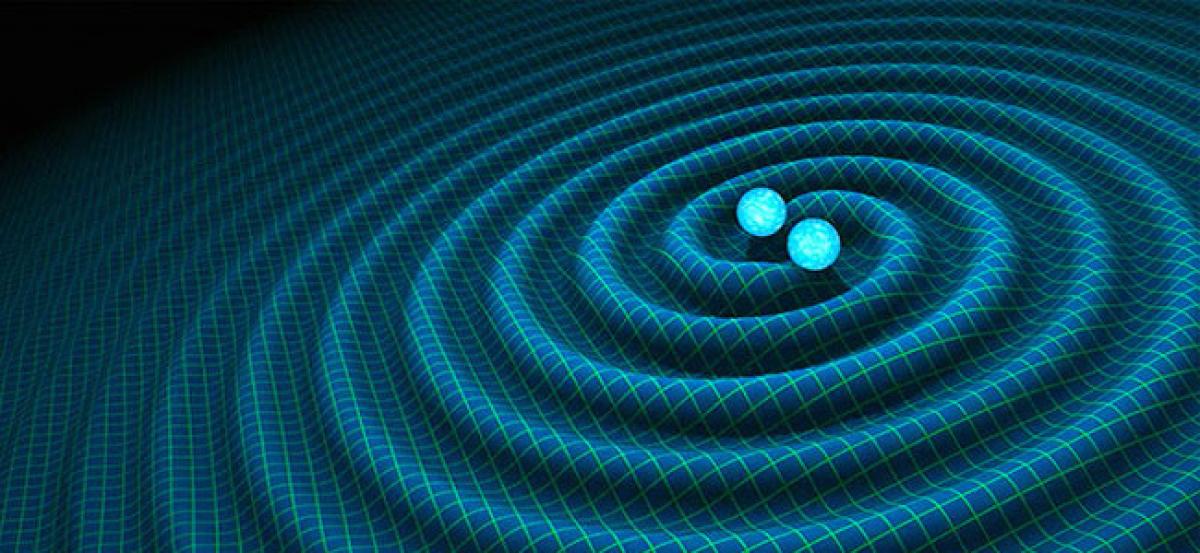Live
- Hyderabad fastest growing city among 6 metros
- MyVoice: Views of our readers 20th November 2024
- Tamil Nadu, Manipur enter final rounds
- Anupama enters 2nd round; Sumeet-Sikki also win
- Stage set for Mahayuti-MVA 'Maha' yudh today
- India beat Japan 2-0, to face China in final
- Space X launches ISRO's communication satellite
- Sensex, Nifty rebound on value buying
- Eatala dares Revanth for debate on Cong 6Gs
- Modi strengthens global ties at Rio de Janeiro
Just In

The European Space Agency\'s next-generation Laser Interferometer Space Antenna (LISA) gravitational wave detector can potentially detect dozens of binary files in the globular clusters of the Milky Way, scientists say.
New York: The European Space Agency's next-generation Laser Interferometer Space Antenna (LISA) gravitational wave detector can potentially detect dozens of binary files in the globular clusters of the Milky Way, scientists say.
Globular clusters are dense environments containing millions of tightly packed stars and are efficient factories for gravitational wave sources.LISA, which is expected to be in space in 2034, will be able to detect binary sources -- pairs of orbiting compact objects.These binary sources will contain all combinations of black hole, neutron star and white dwarf components.
LISA will also be sensitive to gravitational waves of a lower frequency than those detected by the Earth-bound Laser Interferometer Gravitational-Wave Observatory (LIGO)"LISA is sensitive to Milky Way systems and will expand the breadth of the gravitational wave spectrum, allowing us to explore different types of objects that aren't observable with LIGO," said lead author Kyle Kremer, a doctoral student at the Northwestern University in Illinois, US.
While 150 globular clusters have been observed so far in the Milky Way, one out of every three clusters will produce a LISA source.
Approximately eight black hole binaries will be detectable by LISA in our neighbouring galaxy of Andromeda and another 80 in nearby Virgo, the study showed.The research, published by the journal Physical Review Letters, is the first to use realistic globular cluster models to make detailed predictions of LISA sources.

© 2024 Hyderabad Media House Limited/The Hans India. All rights reserved. Powered by hocalwire.com







